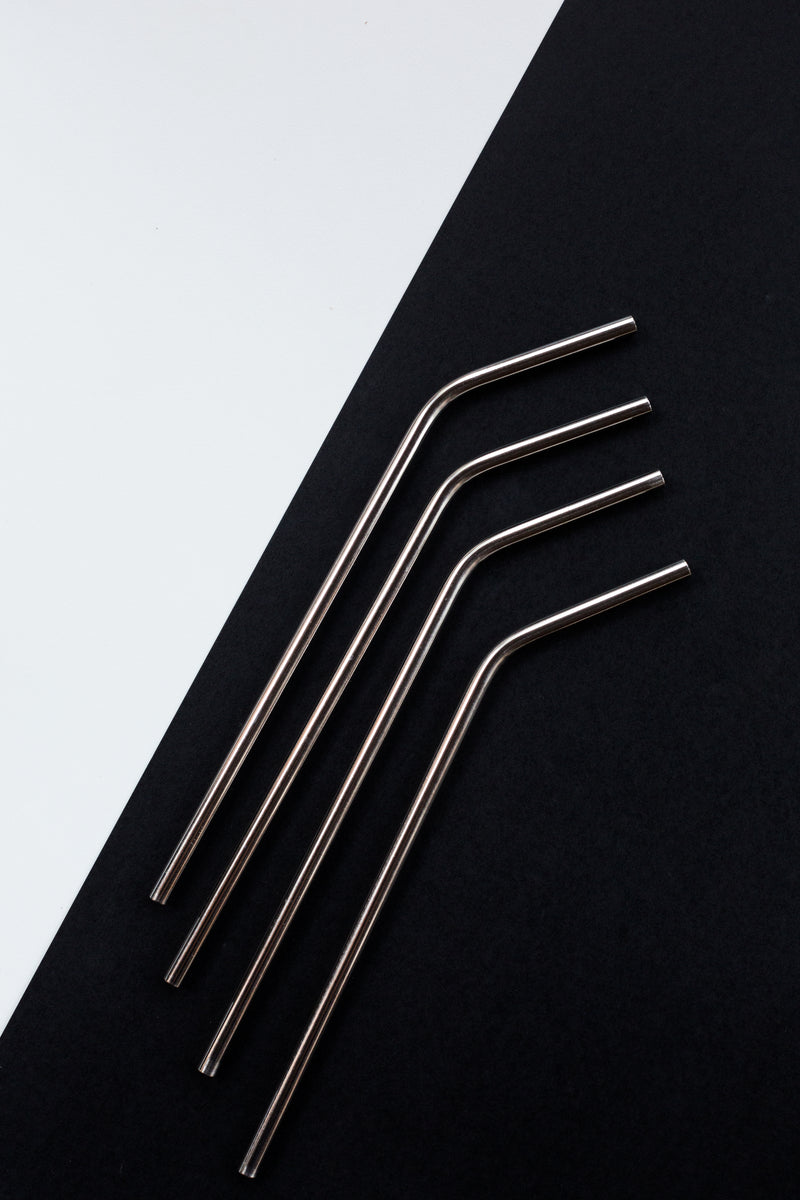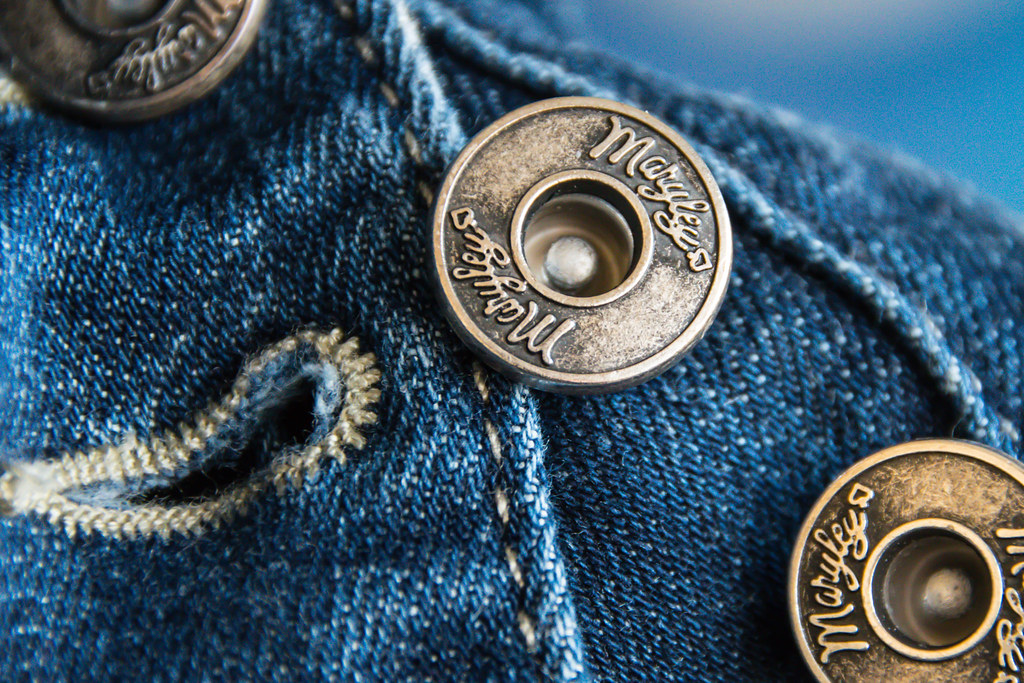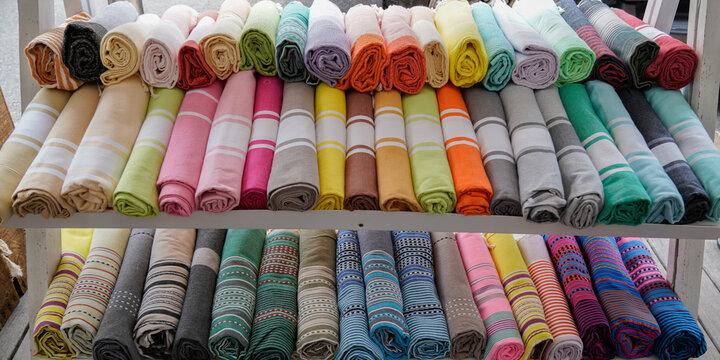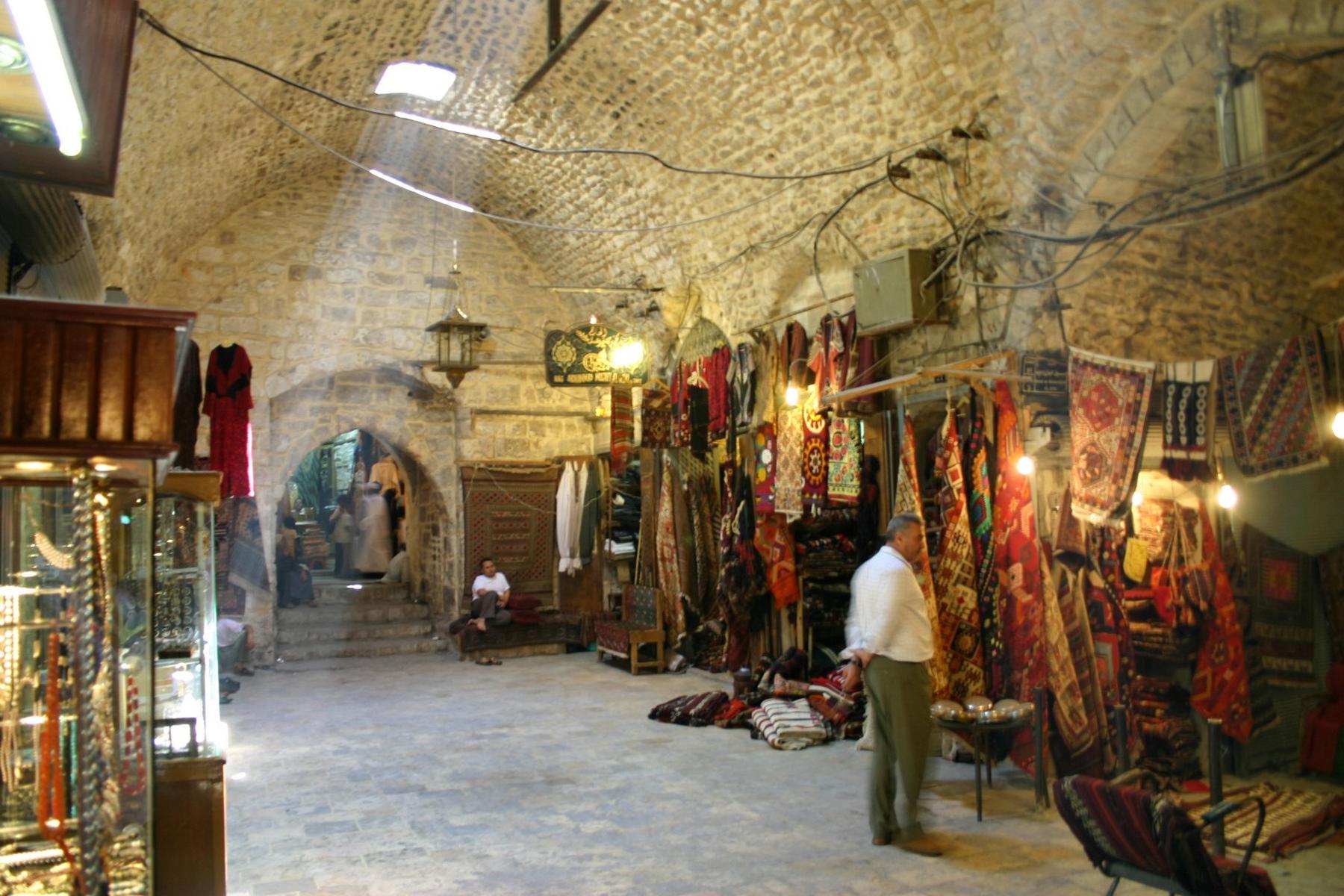When it comes to interior design, we often focus on the obvious elements like furniture and color schemes. But what about the textiles? The fabrics and materials used in a space can truly transform its atmosphere and elevate the overall design. In this blog post, we will delve into the world of retail textiles and explore their beauty in interior design. From luxurious drapes to intricate tapestries, you’ll discover how these often-overlooked details can make a big impact on any room. So, let’s dive in and uncover the secrets of using retail textiles for stunning interior design!
What are Retail Textiles in Interior Design?
Retail textiles refer to the diverse range of decorative and functional fabrics used in interior design. They are a crucial element that can completely transform any space, whether it’s residential or commercial. Retail textiles include upholstery material, window treatments, bedding, table linens, rugs and carpets, wall hangings and much more.
The texture, pattern and color of retail textiles play a significant role in creating the mood of the room. It’s essential to choose the right mix for a perfect combination of aesthetics and functionality. A well-coordinated selection can enhance lighting strategies by reflecting light across surfaces; adding visual interest with patterns; creating focal points with bold colors or distinctive textures.
Incorporating retail textiles into your interior design is an art form that requires careful planning and meticulous attention to detail. However daunting this may seem at first glance there are expert tips which work wonders for beginners looking to step-up their home décor game while staying within budget constraints!

The Importance of Retail Textiles in Interior Design.
Retail textiles play a crucial role in interior design. They are an excellent way to add color, texture, and pattern to a space. Retail textiles can be used in a variety of ways, such as upholstery, curtains, rugs, and bedding. They can also be used to create decorative accents like throw pillows and wall hangings. The importance of retail textiles lies in their ability to transform a room from plain and boring to vibrant and lively. They can help tie together different elements of a space and create a cohesive look. When selecting retail textiles for your space, it’s essential to consider factors such as durability, colorfastness, and texture. It’s also important to choose textiles that complement the overall design aesthetic of the room. With the right selection of retail textiles, you can create a space that is both beautiful and functional.
Different Types of Retail Textiles Used in Interiors.
Upholstery fabrics are commonly used in interior design to add texture, warmth and comfort. These fabrics typically have a higher degree of durability and strength as they are frequently subjected to more wear and tear than other textiles in the home.
Bedding linens can also play a significant role in completing the overall aesthetic of a space. Whether it is luxurious silk sheets or cozy flannel blankets, choosing the perfect bedding textile can make all the difference in creating an inviting atmosphere.
Window treatments such as curtains, drapes, and blinds utilize textiles that serve both decorative and functional purposes. Not only do they offer privacy, but these coverings also control light filtration while adding visual interest to windows.
Accessorizing with throw pillows made from various retail textiles like cotton, velvet or wool blend adds depth and color accents to seating arrangements. Accent rugs made out of fibers like jute or sisal provide natural textures that complement any décor style while being environmentally friendly options for flooring accessories.

How to Select the Perfect Retail Textile for Your Space?
When selecting retail textiles for your interior design project, it’s essential to consider the function of the space you’re designing. Are you looking for a fabric that will add warmth and comfort to a cozy living room, or are you in need of something that’s durable enough to withstand everyday wear-and-tear? It’s also crucial to keep in mind the overall aesthetic of your space and how different fabrics might complement or clash with it. Consider factors like color, pattern, texture, and weight when making your selection. Additionally, don’t forget about practical considerations such as cleaning and maintenance – opt for fabrics that are easy to care for if you anticipate heavy use or spills. By taking these factors into account while shopping for retail textiles, you can ensure that you select options that both look great and meet your functional needs.

Trends and Innovations: Latest Developments in Retail Textile Industry
Trends and Innovations: Retail textiles are constantly evolving with new trends and innovations. One of the latest developments is the use of smart textiles that can change color, texture, or shape in response to environmental factors. Another trend is the use of upcycled textiles made from recycled materials, which not only reduce waste but also add a unique touch to interiors. In terms of patterns and colors, bold and vibrant prints are becoming increasingly popular, as well as the use of natural and earthy tones. Additionally, there is a growing interest in handmade textiles that showcase traditional craftsmanship techniques. As technology continues to advance, we can expect to see even more exciting developments in the retail textile industry.

Sustainability and Ethics: A Closer Look at the Impact of Retail Textiles on Environment and Society
The Environmental Impact of Retail Textiles: Understanding the Consequences
Retail textiles have a significant impact on the environment and society. The resources used to produce textiles, such as water, land, and energy, contribute to environmental degradation. Additionally, textile production generates hazardous waste that pollutes air and water. Poor working conditions in textile factories also affect social well-being. To address these issues, eco-friendly practices are becoming more prevalent in the retail textile industry. Some examples include using sustainable materials like organic cotton or recycling fabric waste into new products. Consumers can also do their part by choosing ethically-produced textiles that promote fair labor practices and lower carbon footprint.
Ethical Considerations in Retail Textile Production: From Labor Practices to Animal Welfare
Consumers are becoming more conscious of the impact their purchasing decisions have on the environment and society. Sustainable production has become a buzzword in the textile industry, as it involves using environmentally friendly materials, minimizing waste and reducing carbon emissions during production. Another aspect to consider is labor practices which ensure fair wages, safe working conditions, and no exploitation.
Animal welfare in retail textiles is another ethical concern that has gained traction recently. Many designers are now opting for vegan textiles like faux leather or synthetic fur instead of animal-derived products such as silk or wool. By choosing ethically sourced materials, consumers can support companies that prioritize responsible sourcing methods while also making a positive impact on people and animals alike.
Sustainable Alternatives to Traditional Retail Textiles: Exploring Eco-Friendly Options
Sustainable alternatives to traditional retail textiles are gaining more popularity in the interior design industry. These eco-friendly options provide a way to decorate homes and commercial spaces without causing harm to the environment or exploiting workers. Some popular sustainable retail textile materials include organic cotton, linen, bamboo, and hemp. These materials require less water and pesticides than traditional fabrics and have lower carbon footprints. Additionally, many companies are now using recycled fibers from plastic bottles for their textiles. By choosing these eco-friendly options, you can make a positive impact on both the environment and society while still achieving your desired aesthetic in interior design.
The Role of Interior Designers in Promoting Sustainable and Ethical Retail Textile Practices
Interior designers play a crucial role in promoting sustainable and ethical retail textile practices. By choosing environmentally friendly fabrics, such as organic cotton, hemp, or linen, they can reduce the impact of retail textiles on the environment. Designers should also prioritize fair trade products to ensure that textile workers are paid fairly for their labor. In addition, upcycling and repurposing existing textiles can reduce waste and conserve resources. By incorporating these key principles into their designs, interior designers can create beautiful spaces while also making a positive impact on society and the planet.

Maintaining and Caring for Your Retail Textiles: Best Practices
Cleaning is the most critical component when it comes to maintaining retail textiles. But, it’s important not to over-clean them as this can cause damage. Vacuuming at least once a week using a low suction vacuum cleaner will help prevent dirt from accumulating on the surface of the fabric while also protecting its fibers.
Storage is another crucial factor in preserving your textile investments. Store fabrics away from direct sunlight, dampness, or moisture to avoid mold growth and discoloration. Using natural acid-free materials such as unbleached cotton muslin bags can protect delicate items like silk or lace from yellowing.
In case of stains, always treat them right away before they set in permanently. Use mild soaps that don’t contain bleach or harsh chemicals instead of standard stain removal products containing enzymes that may harm the fabric dye.
By paying attention to these details, you will keep your retail textiles looking their best for years to come!

Expert Tips on Incorporating Retail Textiles into Your Interior Design
Consider the color and pattern of your textiles. They should complement or contrast with the existing decor in your space.
Don’t be afraid to mix textures! Consider pairing a plush velvet pillow with a wool throw blanket for added visual interest.
Using natural materials such as cotton, linen, and wool will not only add texture to your space but also promote sustainability within the industry.
Mixing different types of textiles can help create depth and dimension in a room. Consider layering a woven rug on top of carpet or adding sheer curtains over heavier drapes.
When pairing prints, opt for designs that share at least one common color to ensure cohesiveness throughout your space.
Nature-inspired motifs like florals or leafy prints are timeless design elements that can bring life to any interior setting.
Cushions, throws, and blankets are easy ways to incorporate retail textiles without overwhelming an interior’s design scheme
In conclusion, the world of retail textiles in interior design is a vast and exciting one. From upholstery fabrics to curtains, rugs, and bedding materials, there’s an endless array of options to choose from. Whether you’re looking for something classic and timeless or trendy and innovative, there’s a perfect textile out there waiting for you.
Remember that when choosing your retail textiles, it’s important to prioritize sustainability and ethics as much as style and functionality. By opting for eco-friendly materials produced under fair labor practices, we can significantly reduce our impact on the environment while supporting ethical working conditions around the world.
Finally, always remember that expert advice is just a click or call away! Don’t hesitate to seek out guidance from interior designers or retailers who specialize in textiles if you need help selecting the perfect pieces for your home or commercial project.
With these insights in mind, go ahead – embrace the beauty of retail textiles in interior design today!
